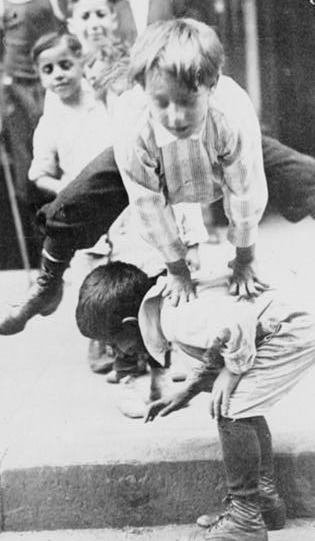So, last fall, I did a quick drawing for him and he submitted it for permit. Online we could follow the process of the permit through the approval process, and in early November we were pleasantly surprised to see that the reviewer had approved the plans and that I wouldn't have to modify the drawing. But it turns out that he didn't even look at the plans so this approval was a mistake that would come back to bite us.
So Monday, months after construction started, my wimpy drawing ended up in front of a discriminating board. I was so embarrassed because I know better. But this was a minor addition on a minor building on a side street, and my friend knew what he wanted to do, so I drew it ...and the board rightly rejected it.
After the meeting, I dejectedly took a walk with my son around the blocks around our house and all the construction sites and vacant buildings. It was a beautiful sunny day, but there weren't that many people around because... well there just aren't that many people here anymore...at least around Washington Park, most of the buildings are vacant and/or under construction. And I had this overwhelming feeling that I was not in my neighborhood anymore, that a wave has washed over the hood and some of us fish are left flapping on the shore.
There was a time when I felt like I knew everyone and everything that happened here. Maybe it was also a time when I was more relevant to the neighborhood. We were doing things, saving buildings, and building a community. But now all that stuff we did seems so small and irrelevant under the wave of huge projects with big 3CDC budgets.
For example, I posted once about a small building that I helped rehab in the 1990's. It was a difficult project: condemned, no money, partially collapsed and a community that sometimes didn't seem to care. I and many others spent a good part of two years on this dinky little project, and at the end the mayor at the time, Dwight Tillery, did come and cut a ribbon. Woohee. Back then, it seemed like it was all a Sisyphean battle. If there were 500 vacant buildings, and each one took 2 years of work, and each month another one was demolished, well.. it just seemed impossible. It also seemed more crowded, and loud... and crazy.
At one time it seemed like not many other people were against demolition. I mean people and groups like the CPA, the OTR Foundation etc were against demolition, but they just couldn't make any headway and their voices seemed drowned out of a bigger political economic picture. But today there are lots of people fighting this fight, ....and 3CDC will rehab a dozen buildings like 1425 Elm in half a year. (They will also demolish a few, which is another story.)
So with feelings of irrelevance in my head, my son and I were climbing around the construction sites and collecting bits and pieces of trashed cell phones and soft bricks for a science project, and I noticed that these unfamiliar people were walking past us. They were youngish with tight pants, dress shoes, sunglasses and talking on their phones. 3CDC just moved into their new offices at 14th and Race, and it was 5pm and they were all leaving for the day. It seems like they just started rehabbing that building a few months ago, and already they are moved-in, fully furnished and staffed.

So here I am feeling a bit down, a bit out of place, when we came upon the Homeless Coalition's fliers that were posted all over and I felt sympathy for their weakness, their powerlessness in the face of this wave. I also felt stupid for being so self-centered in my feelings about the neighborhood. I mean, here I am, secure in my job and house, while others have neither....

But I'm not homeless, and I only had my injured pride to heal. So by Wenesday I was recovered and in a better mood. The sun was out and the hood seems so clean and fresh like spring. And my wife and I attended an event packed with dozens of friendly faces. I talked with others who also feel uncomfortable with some of the developments. It used to be that we would take any improvement, any rehab we could. Now we can be critical of the decisions being made by executives that none of us have even met like: why are they building so many parking lots and why does every storefront have to be bronze aluminum...
I say to myself, face it, neighborhoods do not stand still. They are either moving moving upward and getting more expensive, or they are getting cheaper and suffer disinvestment. Sometimes it may happen so slow that it is unnoticeable, and other times like now it will happen like a whirlwind and knock a lot of people over.
While the changes are happening, it it is an exciting mixed neighborhood. I am attracted to this mix, even one more on the poor side..., but I'm wondering how long it will be before this place has gone too far for me, or am I changing to fit the place?
I love Over-the-Rhine and I love downtown. But no one person owns it or designs it in his own image. The clash of intentions is part of what makes cities so interesting. Yes, I would prefer that development happen one building at a time, one quirky family at a time. But that is a hard way to save hundreds of large vacant and expensive buildings when one organization with all the political and corporate power can make it happen, and they can even make it look easy. Unfortunately they cannot do it right... kinda right yes, but not really right, with the character and passion that this unique place deserves.







